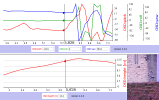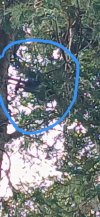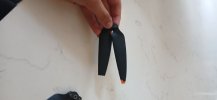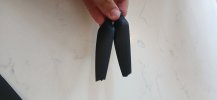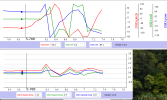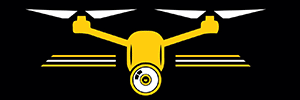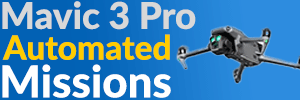Hello all.
Reagan here.
Basically just crashed my dji air 3s.
flight log attached. some one will be able to read better than me.
i worked my way up to this drone.
Mini 2 - mini 3 pro then this. still a bit a jump. saving up over time
I have the fly more combo with rc 2
Activated 15 days ago. now this..
could some break down the crash for me
Reagan here.
Basically just crashed my dji air 3s.
flight log attached. some one will be able to read better than me.
i worked my way up to this drone.
Mini 2 - mini 3 pro then this. still a bit a jump. saving up over time
I have the fly more combo with rc 2
Activated 15 days ago. now this..
could some break down the crash for me




